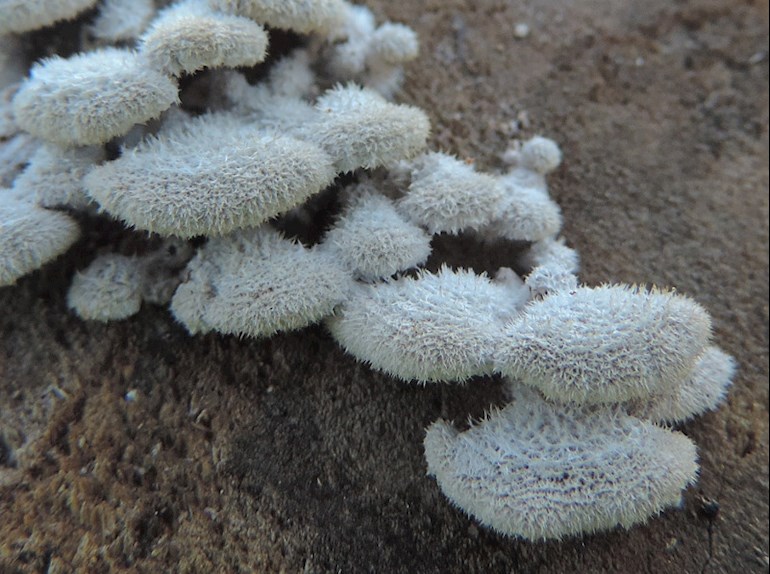'Humans have a microbiome that covers the body’s entire surface area, inside and out, and numbers around 10-100 trillion symbiotic microbial cells. The bacteria that live inside each of us live in harmony and are able to suppress the growth of potentially harmful bacteria.
This is done through competition for nutrients and modification of the micro-environment, but also through the production of substances that suppress the growth of certain bacteria that normally are not found in humans.
Imagine if we could harbour (harness) the antimicrobial potential of our own microbiome. This new discovery opens the road to further studies harnessing the potential of our own bodies.'
Sergio Diez Alvarez, Director Of Medicine, The Maitland and Kurri Kurri Hospital, University of Newcastle, Australia, shares some exciting news about the discovery of 'a bacterium in the human nose that produces an antibacterial product called lugdunin, which is able to suppress the common human pathogen Staphyloccocus aureus.': theconversation.com/a-solut...
Well worth a read for some interesting background on the plant sources of some commonly used antibiotics.
Neil
Photo: Not bacteria on a petri dish, but fungi on an ailing silver birch tree

